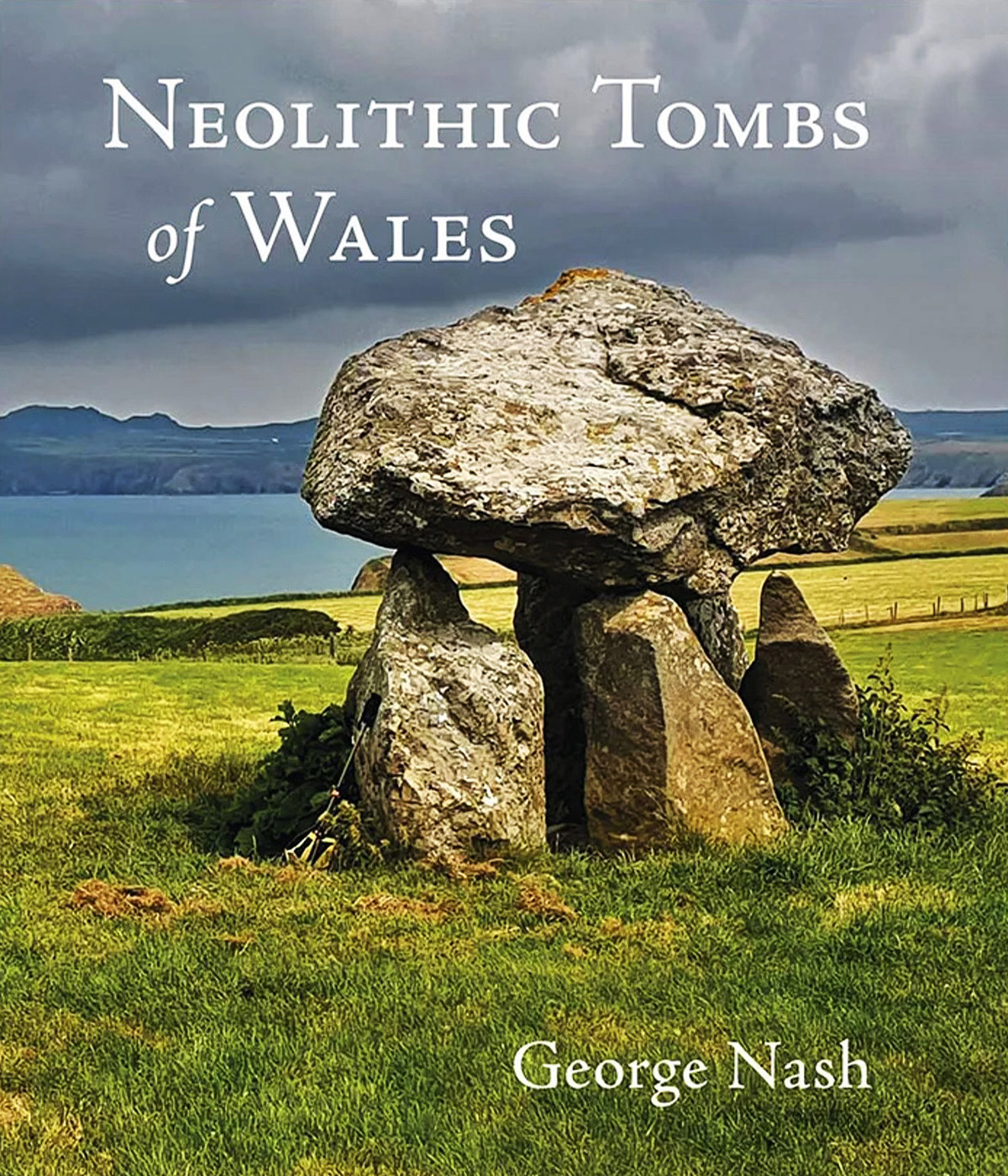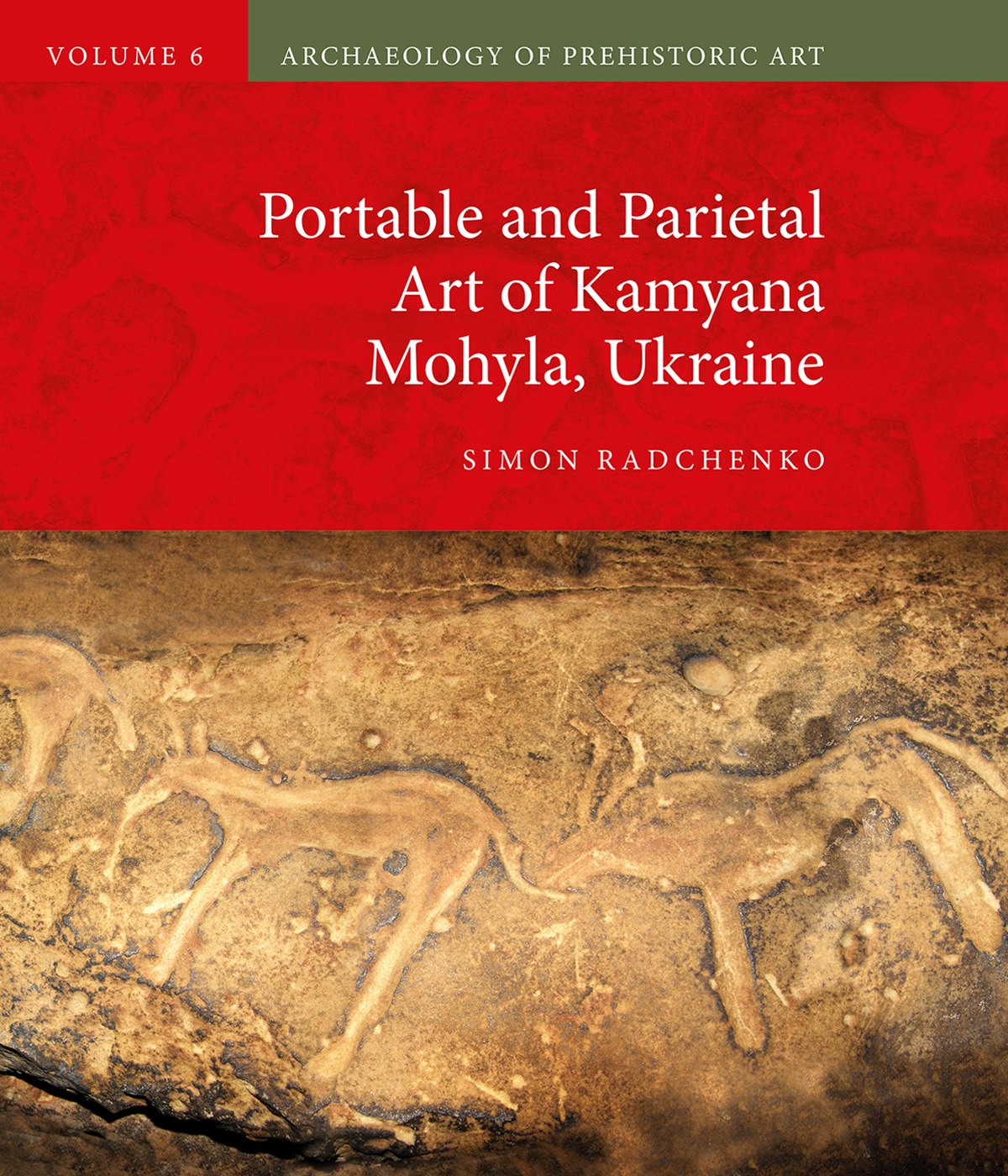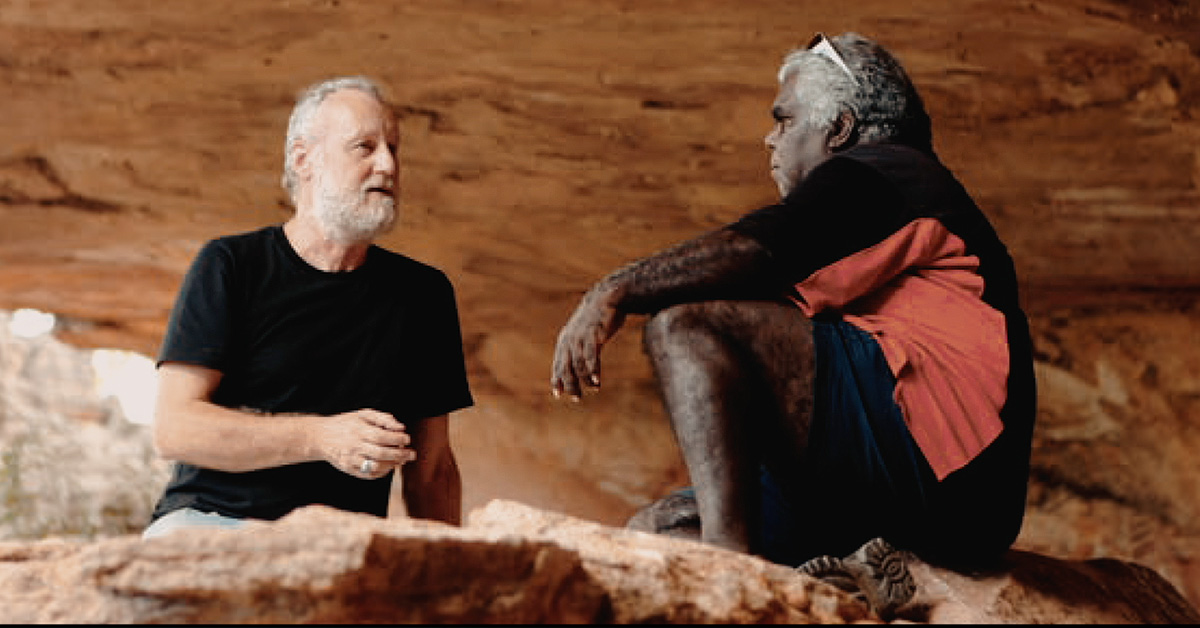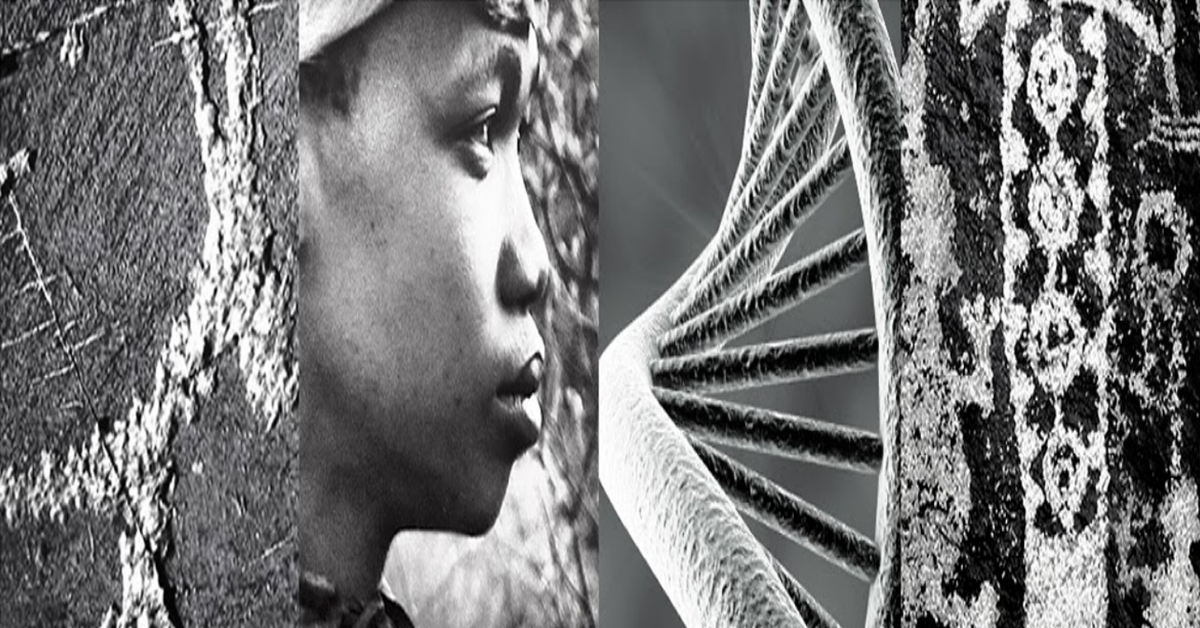


by Kate Winter
Product Details:
- Print length - 80 pages
- Dimensions - 25.2 x 1.2 x 29.8 cm
- Publisher - Puffin
- Publication date - 11 Sept. 2025
- ISBN-13978-0241469927
Explore the prehistoric cave paintings of Lascaux and the story of the boy and his dog who rediscovered them in this stunningly illustrated fact-filled book for curious young readers.
Have you ever wondered what life was like for the human beings who lived hundreds of thousands of years ago? What stories did they tell one another? What stories would they want to tell us?
One day in 1940, a young boy named Marcel Ravidat was walking his dog, Robot, near his home in southwestern France. When Robot found a strange hole near an upturned tree, Marcel and his friends rushed in to explore and find some hidden treasure. But the treasure they found was like nothing they had ever expected – prehistoric paintings and carvings that covered the walls of an underground cave, and that told the story of the palaeolithic people that had once called this place home.
This rediscovered cave was an important historical find, and the artefacts and paintings inside helped archaeologists and anthropologists piece together what life must have been like for humans living hundreds of thousands of years ago. Little did Marcel know that the mystery of why these paintings were created and what stories the artists were depicting would continue to capture our imaginations as we still debate their meaning today.
Beautifully illustrated by emerging talent Kate Winter, with incredible panoramic fold-out pages, this is a book to treasure and to read again and again, perfect for all fans of natural history and curious young explorers.
Kate Winter:
Kate Winter currently lives in Cambridge, England. She studied a BA in Fine Art at the Slade in London and then an MA in Children's Book Illustration at Cambridge School of Art. Her MA project about the discovery of prehistoric cave painting won the 2019 Ronald Searle Award for Creativity, came runner up in the 2019 Batsford Prize and was highly commended in the 2020 V&A Student Illustration Awards. Kate’s debut book, an illustrated biography of Mary Anning called The Fossil Hunter won the 2024 Klaus Flugge Prize. Kate loves history and real-life stories and wants to bring them to life for children, giving them access to explore the past through imagery and mysterious tales.
Bradshaw Foundation review:I have reviewed a number of new publications about rock art on behalf of the Bradshaw Foundation, so imagine my delight when I opened the package kindly sent by Penguin Random House containing a large-format publication with a colourful cover illustration and an exciting font. Excellent; the author Kate Winter is inviting the younger audience into the fascinating world of rock art and the prehistoric life of our ancestors.
The compelling narrative arc with its irresistible ingredients - cave, treasure, young boy and his dog - begins one day in 1940 when Marcel Ravidat and Robot go for a walk in the French countryside following a stormy night. The newly revealed cave entrance promises treasure, but not as Marcel, and his three companions who join him shortly afterwards, expect. Not piles of gold coins but cave walls covered in colourful paintings that tell the story of the palaeolithic people that had once called this place home. So the narrative arc just got bigger; this home is the famous cave of Lascaux and the discovery was made during the Second World War. You can't beat a true story, and here we have two.
Marcel's 'journey' is brought to life by the fresh and colourful artwork, with panoramic fold-out pages that take the young reader deep into the cave, providing answers to the Who, What, When and Why questions. There is a cave map [you've got to have a cave map], a brief human history of evolution [very important] and a timeline for the story of Lascaux, from its Palaeolithic use to its present-day place in the world. We learn how our ancestors actually 'lived' at that time. We see how the pigment for the paintings was made. And given that the Palaeolithic art was [finally] recognized as treasure, the book explains the problems of conservation and the importance of preservation, and the methods employed to share this global culture heritage. And finally, as if al that is not enough, the young readers are informed that new discoveries are being made all the time. I wish I'd had this book for my three back in the day.
by Kate Winter
13 November 2025 Book Review Archive
→ Neolithic Tombs of Wales
by George Nash
19 November 2024
by Simon Radchenko
22 May 2024
by Meenakshi Dubey-Pathak and Jean Clottes
10 November 2023
by Paola Demattè
12 January 2023
by Paul Pettitt
10 November 2022
by George Nash
19 November 2024
by Simon Radchenko
22 May 2024
by Meenakshi Dubey-Pathak and Jean Clottes
10 November 2023
by Paola Demattè
12 January 2023
by Paul Pettitt
10 November 2022
Friend of the Foundation
by George Nash
19 November 2024
by Simon Radchenko
22 May 2024
by Meenakshi Dubey-Pathak and Jean Clottes
10 November 2023
by Paola Demattè
12 January 2023
by Paul Pettitt
10 November 2022















